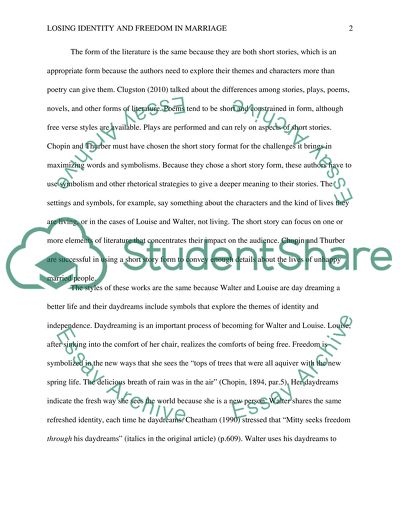Cite this document
(“Compare and Contrast The Secret Life of Walter Mitty and The Story of Essay”, n.d.)
Retrieved from https://studentshare.org/literature/1461040-compare-and-contrast-the-secret-life-of-walter
Retrieved from https://studentshare.org/literature/1461040-compare-and-contrast-the-secret-life-of-walter
(Compare and Contrast The Secret Life of Walter Mitty and The Story of Essay)
https://studentshare.org/literature/1461040-compare-and-contrast-the-secret-life-of-walter.
https://studentshare.org/literature/1461040-compare-and-contrast-the-secret-life-of-walter.
“Compare and Contrast The Secret Life of Walter Mitty and The Story of Essay”, n.d. https://studentshare.org/literature/1461040-compare-and-contrast-the-secret-life-of-walter.


